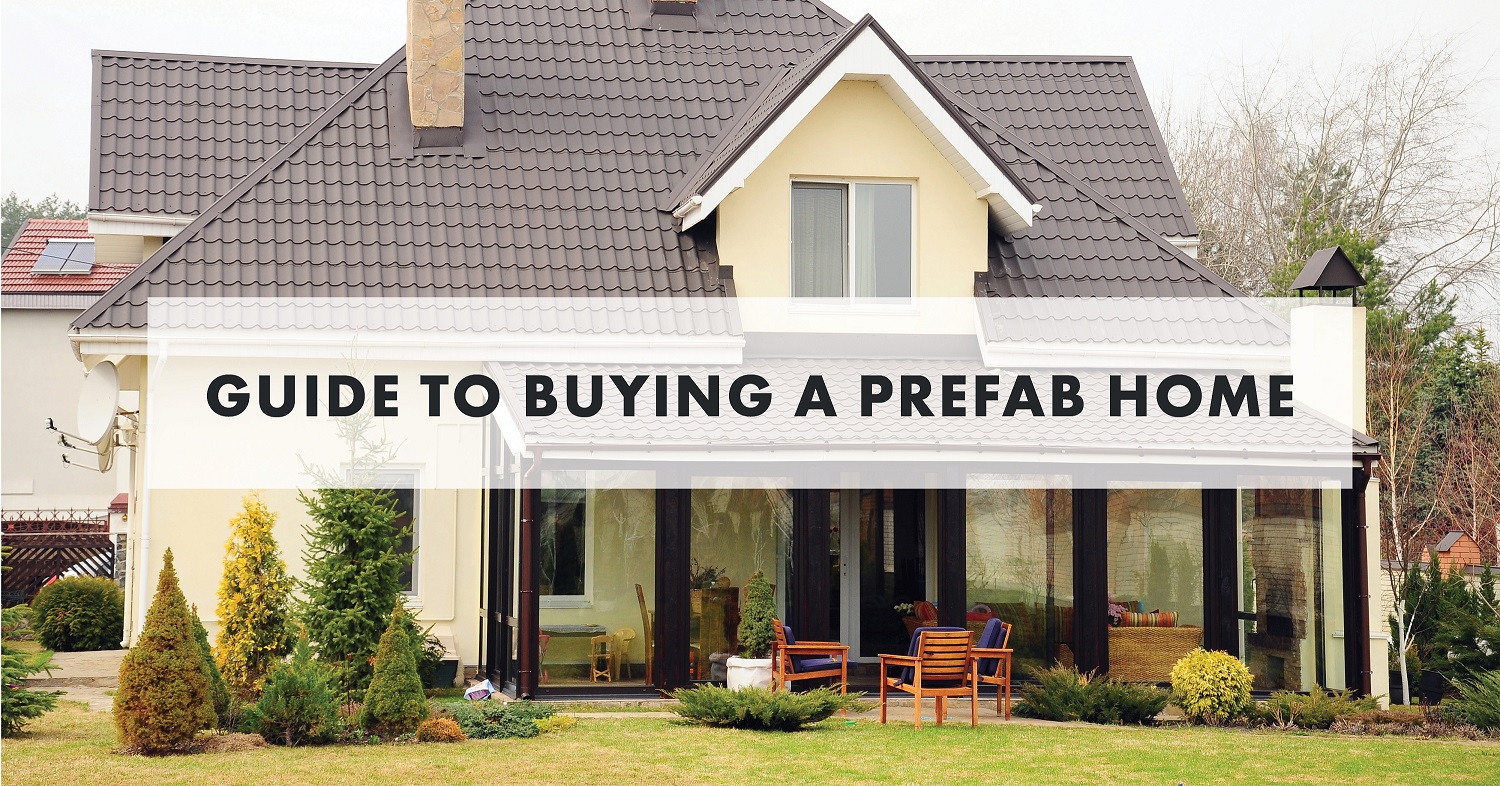
By Alena Kairys
Oct 27, 2021Finding your dream home can be as easy as ordering it yourself! Prefab houses are a convenient way to buy a home with the features you want without the effort of scouring real estate listings. Here’s your guide to buying a prefab home.
What is a Prefab Home?
A prefabricated (prefab) home is a type of house that is partially or entirely built off-site then delivered to a permanent location for setup. Common types of prefab houses include kit homes, manufactured homes (similar to mobile homes), and modular homes, but we’ll discuss the modular homes in this blog. With modular homes, large sections of the house are created in a warehouse, where they will be assembled on a foundation at the build site. You’ll work with the manufacturing company to decide what model and features you want. After all the modules are pieced together, the home will be connected to utilities. After the structure passes a final inspection, the home will be move-in ready!
What are the Benefits?
Opting for a prefab home lets you have a brand-new, customized home without the longer wait associated with stick-built homes (traditional construction). The timeframe will depend on how large the house will be, but it’s generally quicker than starting from the ground up. You might think that prefab houses all look the same, but that couldn’t be further from the truth—models come in a variety of architectural styles and sizes. There’s no need to worry that your home will look bland or indistinguishable from others. Another benefit of going with prefab is that is can be cheaper than purchasing a home than already exists or a building a home using conventional methods. It may be an appealing option if you find the market prices in your area are out of your budget.

Financing Your Prefab Home
As with buying an existing home, you’ll need to have an appraisal of the property to get approved for a mortgage. Even though the structure hasn’t been built yet, your lender needs to be confident the loan amount doesn’t exceed the home value (known as the loan-to-value-ratio, LTV). When you send in your loan application, you’ll also submit construction documents and blueprints for evaluation.
When it comes to financing your prefab modular home, it’s not much different than getting a mortgage for a new build house. Fannie Mae, Freddie Mac, FHA, USDA and VA offer “construction-to-perm” loans that combine building and purchasing into a single loan. With this loan type, you only have one closing and one set of closing costs that happen before construction. The construction portion of the loan is short-term, and funds will be disbursed to the builders during the installation period. After the home is built, the loan converts into a regular mortgage. This financing method saves you the hassle of applying for a construction loan and a mortgage separately and paying closing costs for each loan. Be sure to meet with your lender to discuss the best option for your needs.
What You Should Know
As you shop around for the right home manufacturer to do business with, don’t hesitate to ask their representatives in-depth questions about their process, timeframe, materials, fees, customization levels, and more. When it comes to putting together your home, there’s no such thing as too many questions. Be sure you have enough in your budget to cover fees like a manufacturing deposit, down payment (if applicable), closing costs, and unexpected changes during assembly. If your plot of land is undeveloped and not connected to utilities, you’ll need to pay to get them installed before setting the foundation. Additionally, be prepared to apply for a building permit from your local zoning department.
Note that even though modular homes are usually finished faster than a new build, the move in phase will not be as immediate as with preowned homes. You should also keep in mind that though there is a degree of customization to prefab homes, you’ll be limited to what models and features are offered by the manufacturer. If you want a high degree of control over what features your home will have, consider looking into a custom home or using a renovation loan to makeover your existing property. It’s wise to work with a loan originator early on and get pre-approved, which will make the process smoother.
Prefab homes can be a good option if you want to live in a freshly constructed home but don’t want to deal with the long building schedule of a stick-built structure. Modular homes prove that you don’t have to sacrifice style over price and quality.
If you have any questions about the home buying process, contact one of our licensed Mortgage Loan Originators. If you are ready to begin the home buying process, click here to get started!
These blogs are for informational purposes only. Make sure you understand the features associated with the loan program you choose, and that it meets your unique financial needs. Subject to Debt-to-Income and Underwriting requirements. This is not a credit decision or a commitment to lend. Eligibility is subject to completion of an application and verification of home ownership, occupancy, title, income, employment, credit, home value, collateral, and underwriting requirements. Not all programs are available in all areas. Offers may vary and are subject to change at any time without notice. Should you have any questions about the information provided, please contact us.